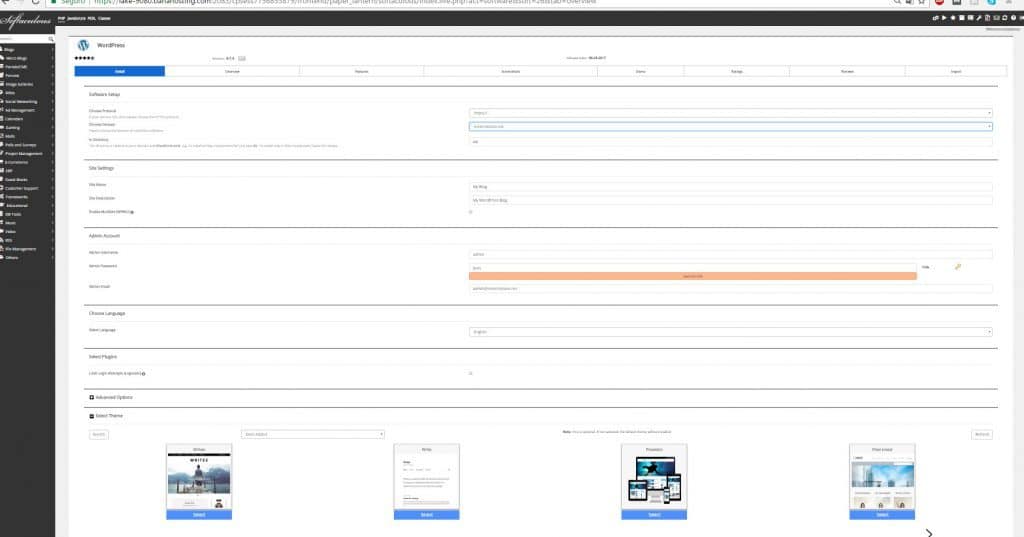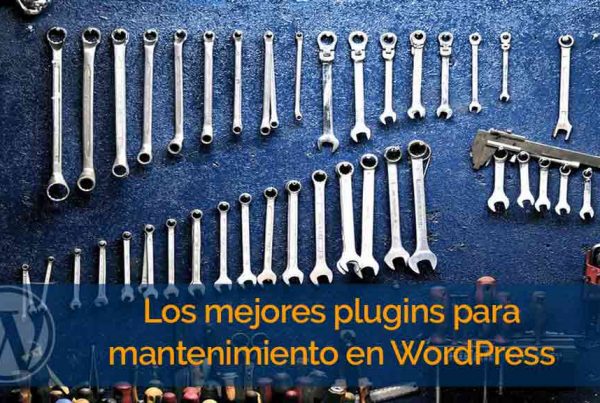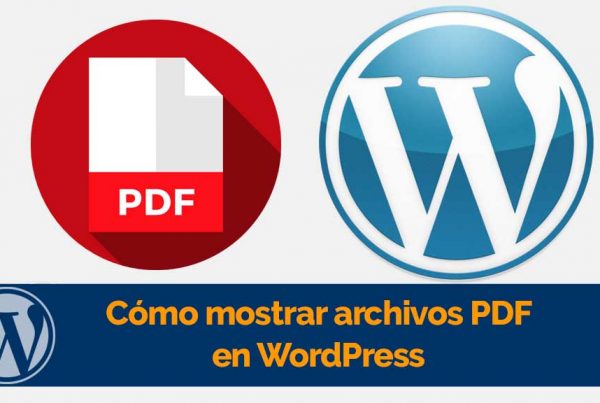WordPress is a CMS (Content Management System) which, translated into Spanish, would be content management system. With this functionality you will be able to create a blog, a corporate website, a social network, an intranet, an online store ... Any web platform.
It has more than ten years of history and to date it is still in force thanks to, among others, its potential, simplicity and for having a great community that is constantly contributing improvements. At once, its interface is very intuitive and, any user, regardless of their programming knowledge, is capable of handling it and making design and internal structure changes. In this WordPress online course You will learn each of the mentioned functions.
It is so big that currently has tens of thousands of templates or themes available, both free and paid. It is perhaps the best option for a project as a hobby or to earn a living with it. In this guide we will explain all the information regarding the benefits of WordPress and how to install it in the right way.
What can be done using WordPress?
Personal blog
It is the first option to describe since it is the most used, although, decidedly, not the only one. WordPress stands out for having everything a blog needs: articles, user management, multimedia files, comments…. And, in it, you can talk about any topic: motherhood, technology, economy, cinema, among others. Basically you can create a blog on any topic that you are passionate about.
Install WordPress it has many benefits compared to other CMS like Joomla or Drupal. Some of these focus on the multitude of design options, the creation of menus, categories, widgets, installation of plugins, among others. It is actually a perfect option for your business regardless of whether you want to share your knowledge for free or with the intention of making money with it.
Corporate web
Do you have a company or service to offer? Then you can create a professional website to make a good impression on your target audience. Unlike a blog, a corporate website is generally less interactive: it is about a design that showcases your services and products.
Online store
E-commerce has given way to a new way of selling products and making a living from it. WordPress has the support and ability to create an online store with one of the most popular plugins on the market: WooCommerce. It is like an extra function that you can add to your blog or your website. Sell shoes, mobiles, furniture ... Whatever you want!
What do I need to install WordPress?
Domain name
The domain is the name with which they will find you. If you are looking to start a personal blog about health and want to call it: health and more, your final blog would look like this: www.saludymas.com. Of course, this name can only belong to one person, in such a way that, if someone has already registered it, you will not be able to appropriate it until they stop renewing it. There are many companies that offer this domain registration serviceOn average, each name registration has a value of about € 10 / $ and is renewed every year.
Hosting
It is the place where you will save everything you do on your website. It is important that you choose a good web host so you don't have speed and storage problems. Make sure it has 24-hour support and in your language. If it is by phone and not by mail, the better. Hosting plans usually start from € 2-3 / $ per month.
Steps to install WordPress
- Step 1: when you already have your domain name, go to the NDS section (Domain Name System) and add there the addresses that your hosting gives you, which in general will be similar to these: ns1.hosting.com and ns2.hosting.com. In a matter of hours your website will be accessible from any browser.
- Step 2: install WordPress, for this you must go to control panel of your hosting then go to the Software option and click on Softaculous Applications InstallerNow choose WordPress and fill in the fields that it asks for. If you have correctly carried out all the aforementioned steps you will receive an email with the access data of your new blog and you will have already created your website in WordPress.








